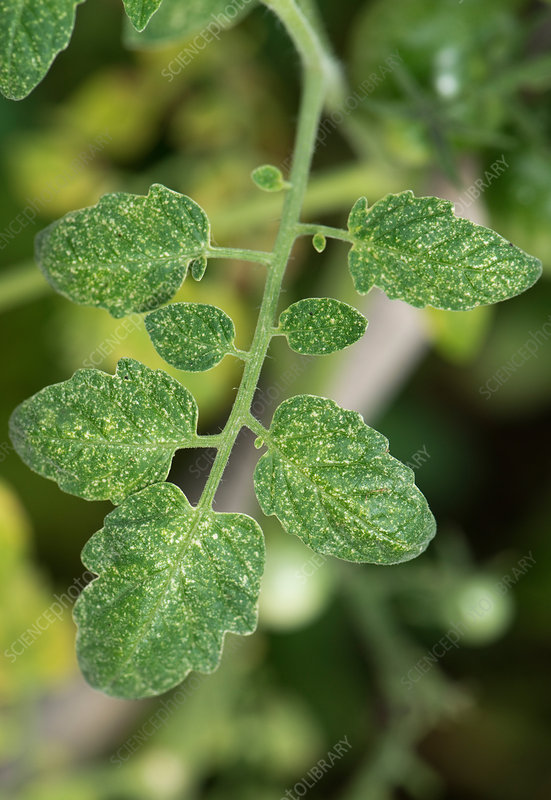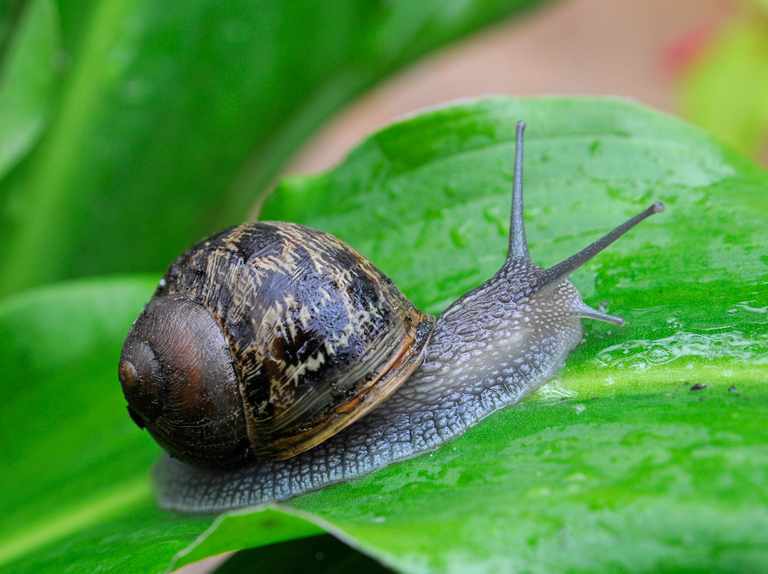Your garden is practically a restaurant for various insects and wildlife, and a tasty one at that. The more diverse your garden, the more options you have available for different insects, rather like a buffet. And we all love a buffet.
Remember that all of these insects provide a purpose in the food chain however and can be a source of food for other insets and mammals, such as ladybirds, beetles and birds. It’s best to focus on reducing numbers to keep your plants healthy, rather than eradicating them completely. If in doubt, contact one of our tree surgeons in Tameside and the Greater Manchester area for advice.
While there are literally thousands of different forms of nature you have to watch out for (even pigeons are known for taking a munch out of your leaves!) we’ve covered some of the worst offenders, and how to manage them.
1. Spider mites
Luckily spider mites are minuscule (making them less terrifying than actual spiders) but up close they do have a spider or crab like body and are actually classed as arachnids, a group that includes spiders, scorpions and ticks.
There are more than 1,200 types of spider mites and you need to detect them quickly, as their rapid spread and relentless nature can quickly demolish your entire plant. They particularly like ornamental plants and shade trees and can be quite tricky to spot due to their size – if in doubt a magnifying glass will help.
They feed by piercing the leaves of the plants and sucking out the fluids from the plant’s cells. This can lead to the leaves being covered in speckled dots where the cellular contents have been removed.

Controlling spider mites
To avoid using pesticides in your garden (which can cause damage to other plants and wildlife) we recommend mixing 1 tbsp of washing up liquid with around a pint of water and spraying this on to the leaves. You may need to repeat the process a few times to completely remove them. We also have a range of tree services, such as hedge trimming that can help you uncover where spider mites may have attacked a plant on the inner leaves.
2. Aphids
Aphids can be really problematic, as they don’t just ruin the look of your plant but can also transmit plant diseases, which severely impact the health of your plants and trees.
Like spider mites, there are many types of aphids, some more noticeable than others. The most notable types are greenflies and a tiny black variety, which can rapidly spread, covering the entirety of a leaf or stem. Small populations of aphids often result in no visible symptoms, however large and dense populations of aphids can damage your plant in a short amount of time.
Large populations of aphids are really easy to spot – trust us you can’t miss them – but another noticeable sign is if you have a lot of ants around a certain plant. Whilst ants are generally good, they have made an ally of aphids, as they produce large quantities of honeydew which ants and other insects such as flies and hornets eat.
Aphids can cause many types of damage to your plants, but typically you will notice brown or yellow foliage, twisted or curled leaves and stunted shoots. The honeydew also facilities the growth of a black fungus, which isn’t the nicest to look at.
Controlling Aphids
Like with spider mites, a simple home remedy of washing up liquid mixed with water will eventually kill off any aphids. Introducing or creating the right environment for other insects that feed on them, such as ladybirds will naturally help to control them as well.
3. Slugs and snails
Due to the fact that slugs and snails don’t spread as fast as spider mites or aphids they aren’t the worst offenders on this list, however they do take large chunks out of your leaves and flowers. If you have a lot of them in your garden, they can soon take out an entire plant as snails are able to eat up to 40 times their body weight in one day.
Slugs particularly like young plants and seedlings, as well as sweet peas, hostas and dahlias, so the best way to keep these free from slugs is by potting them in a plant pot rather than in the ground.
Controlling Slugs and Snails
Again, there are many different pesticides you can buy to control them, but we really recommend keeping your garden free of these where possible. If you’re not too bothered about the fate of your slimy friends then a pots of Guinness dotted around your garden will quickly reduce their numbers. Similarly to a lot of people, snails and slugs love Guinness and will happily slither in to the pot you’ve left out for them – at which point they’ll drown.
Less morbid ways to keep them at bay however include putting a copper wire around your plants, which reacts with their slime giving them an electric shock if they try to cross over it. Or you can go down the old fashioned route of removing them by hand. It doesn’t take too long and provides a good opportunity to thoroughly check your plants, ensuring they’re in good health.

As we said at the start, there really are thousands of pests you need to keep an eye on – the ones above are just 3 of the worst. Keeping your eye out for these in particular will help you spot other offenders though, which will more than likely be controlled in similar ways.
If you’re plants are already free of these pests, why not check out our post on keeping your trees healthy to have your plants looking their absolute best.
